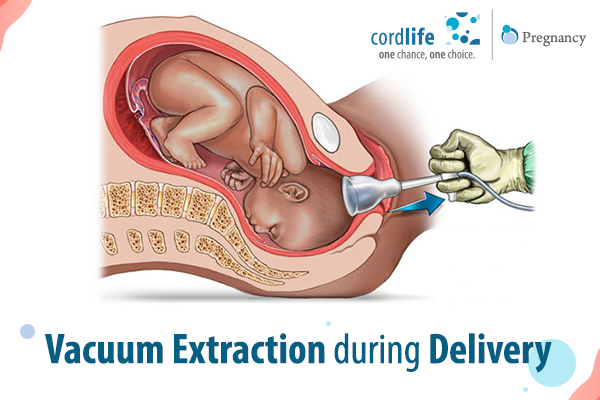Table of Contents
Vacuum extraction, or ventouse, is a process that uses a vacuum system to help extract your baby from the birth canal. It is used in the “pushing” phase of labor, if sufficient progress hasn’t been made. It could be a quicker and safer alternative than delivery with forceps or a caesarean section.
When is Vacuum Extraction Recommended?
- You have prolonged second stage labor leading to maternal exhaustion.
- Suspicion of immediate or potential fetal compromise, such as changes in your baby’s heartbeat.
- You have a medical concern such as a heart condition or extremely high blood pressure, which may make it unsafe to continue pushing.
Your gynaecologist may prescribe vacuum-aided delivery if your labour is prolonged and needs to be speeded up, especially if you or your child are at risk of health complications during delivery.
Do You Know What are the Prerequisites for Vacuum Extraction?
There are some pre-assessments performed by your medical practitioner before recommending a vacuum extraction delivery.
- The cervix is dilated totally, and amniotic membranes are ruptured.
- Inside the birth canal, the fetal head is engaged and precise location of the head is determined
- Estimation of foetal weight
- The maternal bladder has been emptied and pelvis sufficient for vaginal delivery
- Adequate anaesthesia (epidural)
You will always need to give consent before the procedure is initiated. The medical staff will provide information about the risk and benefits involved in an instrumental (vacuum) delivery. A backup plan is always kept in case of failure (C-section delivery).
What Can You Expect During the Vacuum Extraction Procedure?
First, your doctor will confirm that all the requirements for an operative vaginal delivery are met. Then the vacuum extraction cup will on the head of your baby between contractions. An assessment is conducted to be sure that no vaginal tissue is stuck between your baby’s head and the cup.
During the next contraction, the health care professional can quickly raise the vacuum suction pressure, catch the cup handle and try to direct the baby through the birth canal as you push. Your health care provider can maintain or minimise suction pressure during contractions. When the suction stops and your baby’s head starts crowning, the suction will be removed. And you can push the rest of your baby’s body out.
Upon delivery, you will be checked for any injuries that could have been caused by the vacuum. If an episiotomy were performed, it would be repaired. Your child will be examined for complications.
Potential Risk and Complications
Vacuum extraction has a low incidence reported for maternal and fetal injury. However, no assisted vaginal or caesarean delivery is entirely free of risk for mother and infant.
Some maternal complications that could happen include:
- Vaginal pain, extension of vaginal laceration, including sphincter
- Short-term difficulty urinating, short or long-term incontinence
- An episiotomy to enlarge the vaginal opening to place the vacuum on your baby’s head
Fortunately, it is unusual for a baby to suffer a serious injury during a vacuum extraction. However, the possible side-effects are:
- Scalp lacerations and neurological injury
- Hyperbilirubinemia or Jaundice
- Dystocia of the shoulder, which happens when the shoulder is stuck after the head has been delivered
- Cephalohematoma and rarely intracranial haemorrhage
Don’t be frightened if your healthcare provider suggests a vacuum extraction delivery. It will help you deliver safely if your baby is struggling to make a magnificent entry into the world.
